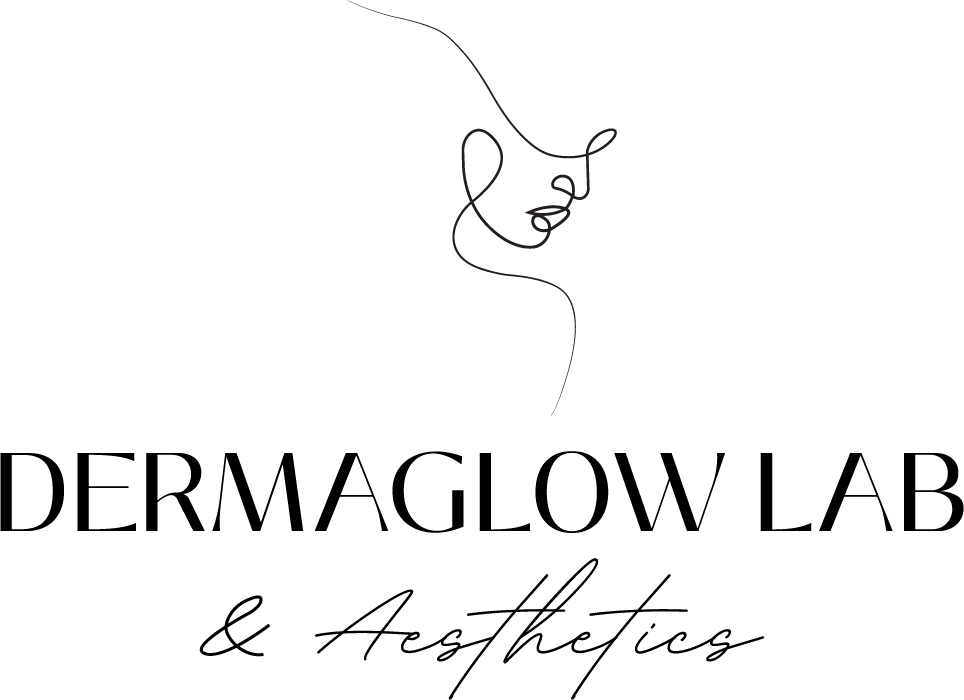What Causes Acne Scars?
Acne scars occur when a breakout affects the skin’s underlying tissue by going deeper than the surface. During the acne scars treatment process, your skin may produce too much collagen or too little collagen, which can leave raised scars or indentations. By waiting too long to address your acne scars, particularly if you expose your scars to the sun, the scars may continue to fade and become less noticeable.
Types of Acne Scars We Treat
Healing can’t be performed without understanding the root causes and the problem types. We treat all kinds of acne scars, including:
- Ice-pick scars are referred to as deep, narrow scars that can’t be treated unless advanced treatment is introduced.
- Boxcar scars are extensive, jagged scars.
- Rolling scars often give a bumpy and uneven texture.
- Hypertrophic scars are raised scars that are usually caused by an excess of collagen.
- Hyperpigmentation, also known as post-inflammatory hyperpigmentation (PIH), is the dark spots that remain after the acne has healed.
Our Acne Scars Treatment Options
For best results, we at DermaGlow Lab provide a variety of cutting-edge dermatological treatments, such as:
- Microneedling with Radiofrequency (RF)
It targets deeper scar tissue, tightens wounds, and stimulates collagen by using light needles and RF all at once. With minimal downtime, the elasticity, tone, and texture of the skin will enhance. Now, that you are struggling with prominent acne scars that need professional assistance for better recovery then this treatment is just perfect for you. - PRP Injection
Injectable platelet-rich plasma (PRP) is a natural, minimally invasive treatment for acne scars, especially indented scars, which include rolling, boxcar, and ice pick scars. PRP is derived from your own blood and is naturally saturated with growth factors that stimulate skin regeneration, tissue repair, and collagen production.
It works to fill and smooth scarred areas of skin from the inside out, when injected into specific areas. Injectable PRP allows for accurate targeting of certain scars, but is often combined with RF microneedling to improve overall facial rejuvenation. A series of treatments (three to four sessions) can gradually improve skin tone and textural changes over time.
What to Expect from Treatment
Here is how our treatment plan usually works:
- Consultation: We analyze your skin, scar types, and ideal treatment options.
- Personalized Plan: We recommend the best plan of action depending on your skin’s condition.
- Sessions: Most treatments will require multiple sessions spaced out two to four weeks apart.
- Recovery: Side effects are often mild and temporary, and most treatments have minimal downtime.
Results & Timeline
Usually, after two to three sessions, you will start to see visible changes, and then increase with collagen production over the course of a few months. The end result? Skin that is significantly healthier, brighter, and smoother. In fact, the outcome of your acne scars treatment will last for quite some time if you maintain regular care.
Real Results, Real Stories
Conclusion
DermaGlow Lab utilizes advanced acne scars treatment to help you achieve smoother and cleaner skin by combining science with kindness. Your journey to scar-free skin starts here with personalized plans and state-of-the-art technology. Your skin deserves nothing less. Trust our experts to help you rebuild your confidence.
Frequently Asked Questions (FAQs)
What is the #1 acne scar treatment?
What is the best treatment for acne scars?
For most atrophic scars (rolling/boxcar), Exion RF Microneedling is a top choice—it delivers heat through micro-needles to remodel collagen and smooth texture. We often enhance results with EXO (exosomes) add-on.
Can you actually fix acne scars?
You can significantly improve depth and texture. Most people see smoother skin and softer edges; complete erasure is uncommon.
Can acne scars be 100% removed?
Usually no. Expect 50–80% improvement with a proper series and, if needed, combo therapies.
Do acne scars eventually go away on their own?
True scars (depressions/raised areas) don’t. Post-acne redness or dark marks can fade over months; scars need treatment.
Which types of acne scars respond best?
- Best with RF microneedling: rolling and shallow boxcar scars.
- May need extras: icepick, tethered scars, raised/keloid.
How much does it cost (per session)?
- Full face: $500/session or $1,700 for 4
- Face + neck + décolleté: $800/session or $2,720 for 4
- EXO add-on: $400/session (optional booster for healing/results)
How many sessions for noticeable improvement?
Plan 4–6 sessions, 2-3 weeks apart. Many see a change after 1–2, with bigger gains by sessions 3–4.
Are there non-invasive or at-home options?
Daily SPF, retinoids, and gentle AHAs/BHAs help tone and marks. At-home rollers are not recommended (infection/trauma risk). True scars respond best to professional treatments.
Is it worth combining treatments (microneedling, lasers, peels)?
Often yes. Exion RF Microneedling pairs well with EXO, targeted chemical peels, subcision for tethered scars, or resurfacing for pigment/edges. We customize per scar type.
When should I see a dermatologist?
If you have active/cystic acne, a history of keloids, very deep or complex scars, recent isotretinoin, or medical conditions/meds affecting healing. We’ll guide referrals as needed.
Can acne scars come back after treatment?
Scars that have been treated won’t recur, although fresh acne outbreaks may. To stop recurrence, we provide acne treatment programs.
